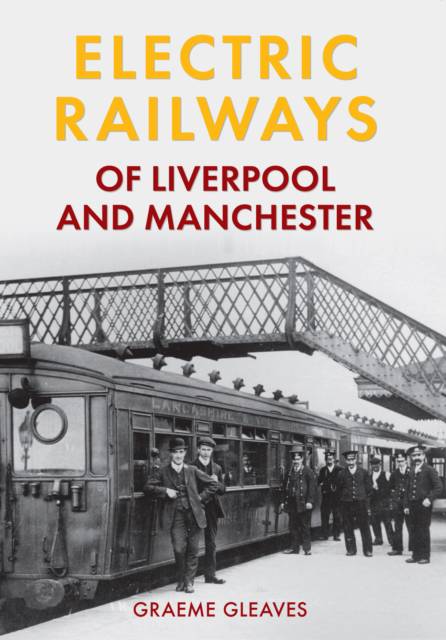
- Afhalen na 1 uur in een winkel met voorraad
- Gratis thuislevering in België vanaf € 30
- Ruim aanbod met 7 miljoen producten
- Afhalen na 1 uur in een winkel met voorraad
- Gratis thuislevering in België vanaf € 30
- Ruim aanbod met 7 miljoen producten
Zoeken
Omschrijving
Popular history will tell the tale of how the steam locomotive came to dominate Victorian Britain but while the steam railway died out in the 1960s, the electric railway was already a success story and one that would not only endure but dominate rail travel to the present day and beyond. When we tell the story of the electrification of Britain's railways, we need look no further than the North West of England. There are few cities that have their names carved so deeply into the history of Britain's railways than both Liverpool and Manchester, for it was between these two points, in 1830, against the backdrop of the industrial revolution, that the main line railway story truly began with the opening of the Liverpool and Manchester Railway. But here another history would be made. Electrification happened here first before anywhere else in the country. This book aims to tell the reader both how and why this happened.
Specificaties
Betrokkenen
- Auteur(s):
- Uitgeverij:
Inhoud
- Aantal bladzijden:
- 128
- Taal:
- Engels
Eigenschappen
- Productcode (EAN):
- 9781445639895
- Verschijningsdatum:
- 15/02/2015
- Uitvoering:
- Paperback
- Formaat:
- Trade paperback (VS)
- Afmetingen:
- 165 mm x 234 mm
- Gewicht:
- 308 g

Alleen bij Standaard Boekhandel
+ 47 punten op je klantenkaart van Standaard Boekhandel
Beoordelingen
We publiceren alleen reviews die voldoen aan de voorwaarden voor reviews. Bekijk onze voorwaarden voor reviews.











